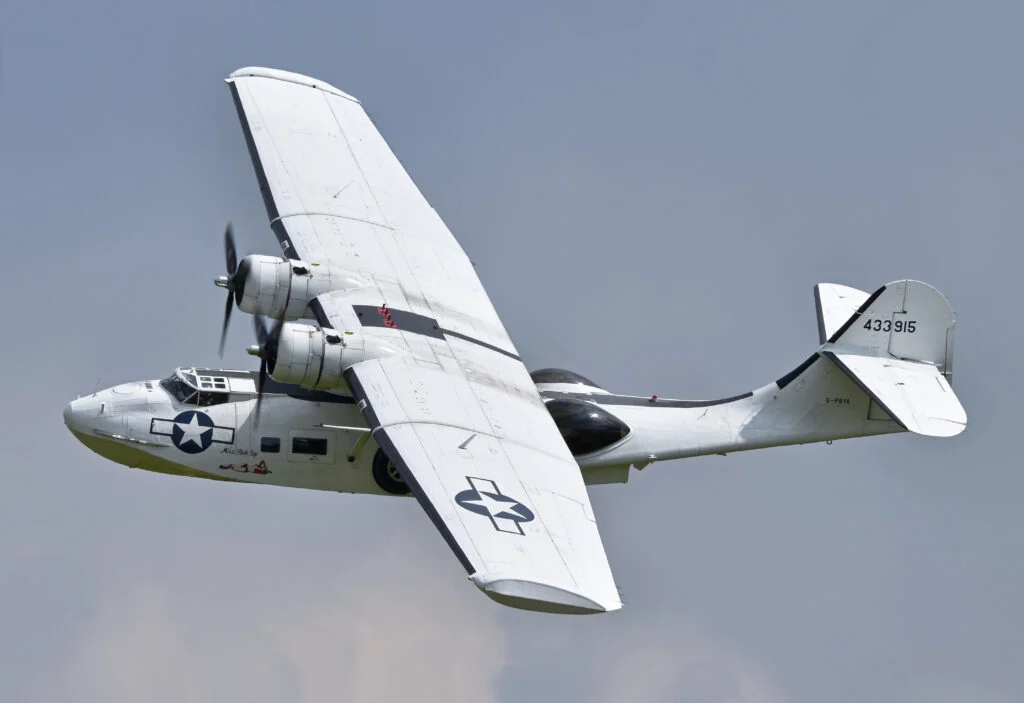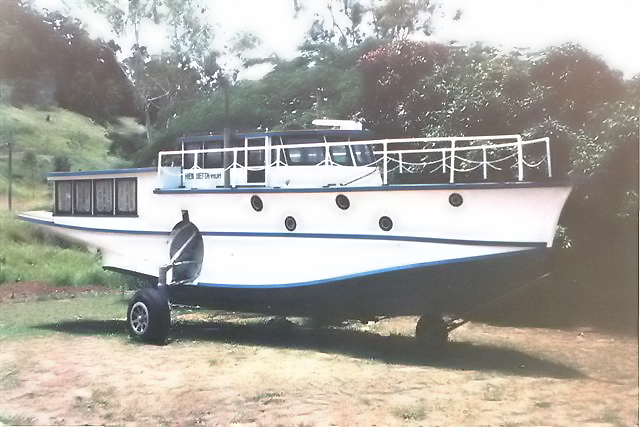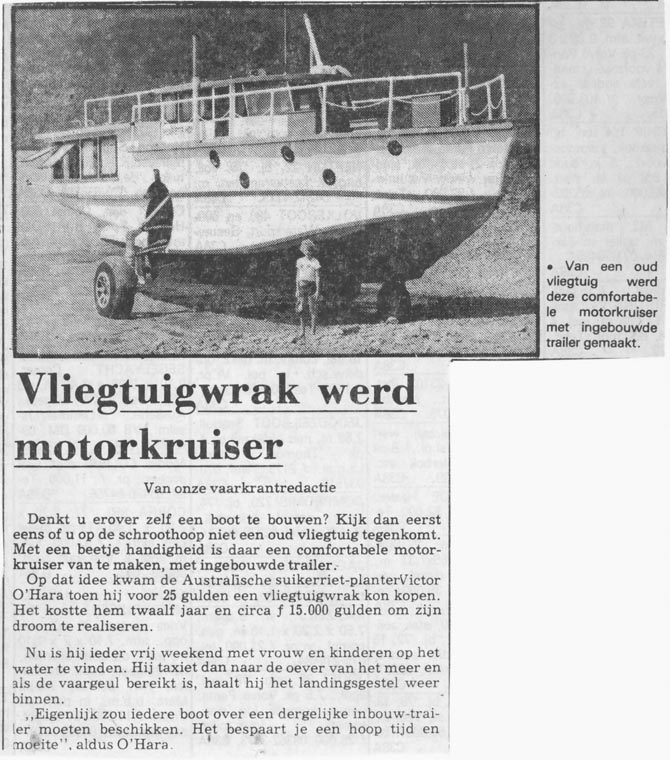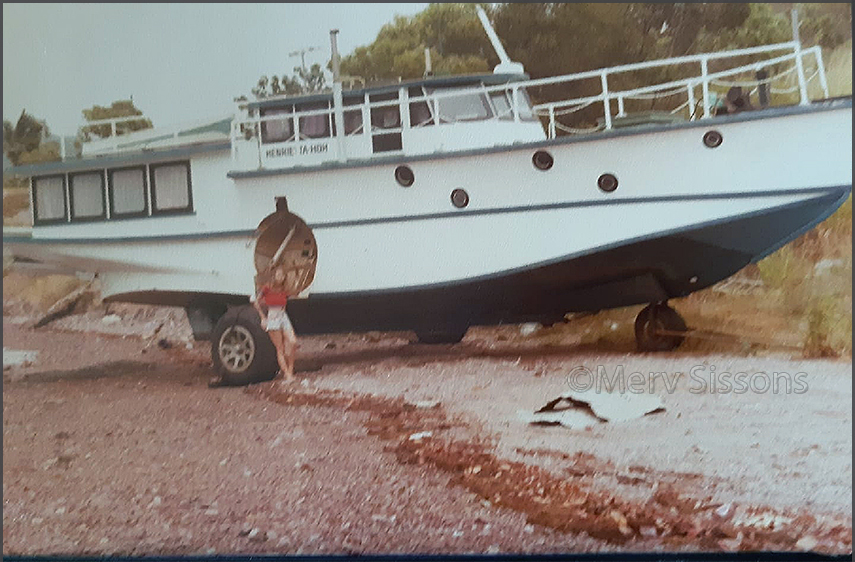In the lead-up to the Second World War, only the Axis powers were reasonably well-equipped with the means of war, and the Allies spent some considerable time on the back foot until the industrial capacity of the Free World – particularly America – started supplying Allied forces with all the weapons they required.

This production capacity, along with requisition forecasts predicting the war to last until late 1946, meant that vast orders of all types of equipment continued as long as the fighting lasted, but the somewhat abrupt end to the war in late 1945 meant that a lot of war material was now surplus to requirements.
Most of the American weapons supplied to the Free World during the war were gifted under the Lend-Lease scheme, which required all equipment of any type to be returned to the US at the end of hostilities, or destroyed. However, many types of military equipment turned up for sale after the war and were mostly purchased at knock-down prices.
This led to much improvisation in the use of vehicles and aircraft in civilian roles; tanks and other armoured vehicles were re-purposed as agricultural equipment, trucks were used for a bewildering array of tasks, and combat aircraft of all types were used for many civil air purposes.
Sometimes however, the original intent of a design was sometimes given a real twist, as in the case of seaplanes and flying boats being re-purposed as houseboats.
There are multiple examples of these converted seaplanes in Australia, and most appear to be utilising the hulls of the Consolidated PBY Catalina.
The Catalina had a sterling record with Allied air forces, and the type served with the RAAF during the Pacific War.

The Consolidated PBV-1A Catalina, Miss Pick Up is still flying today. Photo credit – Alan Wilson CC BY-SA 2.0
Besides serving in the maritime patrol and air-sea rescue roles, the RAAF also employed the Catalina in the night raider role, attacking Japanese bases with bombs and strafing runs.
Along with the USN Catalinas used in the same role, these raids did enormous damage but more importantly kept the Japanese on edge at night and unable to sleep.
Catalinas were also employed in very long-range mining missions, and successfully laid many mines throughout the Pacific theatre, with much disruption occurring to Japanese merchant shipping and IJN fleet movements. It is fair to say that the PBY Catalina was one of the hardest-worked aircraft during the war.
But with advances in aviation technology after the cessation of fighting such as the helicopter, many of the roles previously performed by this platform were taken up by newer and more capable designs. As a result the PBY was retired from most Western nations soon after the end of the war.
Australia used the Catalina in long-range commercial travel until 1949 with Qantas, but with most surplus PBYs exempt from the provisions of the Lend-Lease Act these airframes were auctioned off at low prices.
 Lots of Catalinas were auctioned off after the war. This one is being used as a water bomber.
Lots of Catalinas were auctioned off after the war. This one is being used as a water bomber.
While a number continued to be used as cargo or passenger aircraft, multiple examples had their wings, engines and sometimes the tail, removed permanently and were then converted into houseboats.
Australia is one of the driest continents on earth, and Australian rivers are nothing like their counterparts elsewhere.
With most being unnavigable by large ships, they still allow the passage of smaller vessels like houseboats and other marine pleasure craft.
Many Australians today enjoy living in houseboats, both for the ease of living and lifestyle but also for the cost savings over rent or a mortgage.
With a hull nearly sixty-five feet in length, and considerable interior space when stripped of all military equipment and fittings, the Catalina was obviously chosen by many people for the express purpose of conversion into a houseboat.
While the pure seaplane version remained in the water at all times, the amphibian version of the PBY with its extendable undercarriage meant that the converted houseboat could be removed from the river for repairs or other maintenance, or even used on dry ground as a houseboat/caravan. Both types have been observed on Australian rivers.
 The undercarriage is a giveaway that this houseboat came from a Catalina.
The undercarriage is a giveaway that this houseboat came from a Catalina.
While most converted houseboats appear to use the Catalina as a template, there are several examples of the Dornier Do-24 flying boat re-built as houseboats, and these have been photographed on Australian rivers and lakes.
The use of this platform is a legacy of the early part of the Pacific War. With the Japanese rampaging through South-East Asia in 1942, the Dutch East Indies (modern-day Indonesia) ordered all their military planes and ships to escape to Australia, when it appeared certain that the territory was about to be conquered by the Japanese.
With no way to return to Europe, and no unconquered homeland to return to anyway, the Do-24s must have been utilised by the Allies during the course of the war. Then worn-out and surplus to requirements, the Dornier Do-24s must have been disposed of in Australia where several were converted into houseboats.
The following photos show many examples of a Catalina hull after conversion into a houseboat, and several of them are noteworthy for the quality of the conversion or an innovative feature that is both functional and graceful.
 The creation of the houseboat made big news all over the world.
The creation of the houseboat made big news all over the world.
A prime example is the photo of a conversion job that preserves the general shape of the Catalina hull, but the tailplane area has been modified into a high-set platform for conning the houseboat.
Under the ‘bridge’ is a covered area which obviously is an outdoor lounge, but can be screened in case of any inclement weather.
Several of the examples in these pictures appear to have heavily modified the original hull, with the entire cabin area being built over with a superstructure that looks more like your traditional small pleasure cruiser.
Some examples have taken this a step further, with the new cabin superstructure supporting and employing a couple of side paddle wheels for propulsion in the water.
Lastly, there are several pictures of Dornier Do-24s after conversion into houseboats, and it is quickly apparent that this aircraft had a much smaller hull than the Catalina, but still managed to become a small but liveable houseboat.
 The houseboat on land.
The houseboat on land.
Many types of small ships and other vessels have been re-purposed as liveable accommodations throughout history, but it was only in the twentieth century that the seaplane came about.
The end of the Second World War obviously inspired many people to convert flying boats into houseboats.
The Australian are known as a thrifty bunch, so it was only a matter of time before someone started calling an old converted Catalina as their new home.





